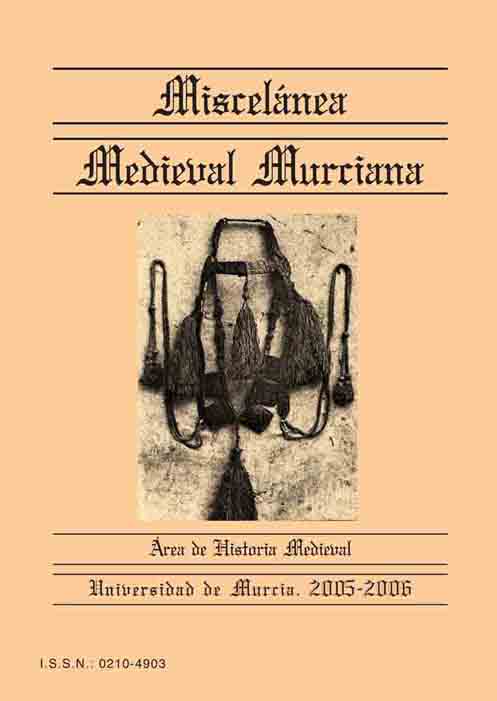RECURSOS HÍDRICOS Y POLÍTICA DE AGUAS EN EL SURESTE DE LA PENÍNSULA IBÉRICA DURANTE LA BAJA EDAD MEDIA
Abstract
Traditionally, the existence of irrigated lands in Spain has been linked to Rome and al-Andalus. Likewise, the Christian Conquer kingdoms have been seen as the responsible of a collapse of this system in the Late Middle Ages. Besides, In the concret area of the southeastern Spain, the scholars have paid attention only to the River Segura and Turia, and not to other lands, located norther forgetting the big efforts made in the lands away from the irrigated areas. However, in those lands the settlers had to pump water from wells, maximize the water of small springs, and, even, to modify the way of small rivers. Therefore, this paper concerns with different projetcs undertaken by don Juan Manuel, landlord of Villena, a big lordship in Castile, in the fourteenth century, as well as the different uses of water which show us the big concern of this matter in Christian society, with a different conception from the andalusian worldDownloads
Las obras que se publican en esta revista están sujetas a los siguientes términos:
1. El Servicio de Publicaciones de la Universidad de Murcia (la editorial) conserva los derechos patrimoniales (copyright) de las obras publicadas, y favorece y permite la reutilización de las mismas bajo la licencia de uso indicada en el punto 2.
2. Las obras se publican en la edición electrónica de la revista bajo una licencia Creative Commons Reconocimiento-NoComercial-SinObraDerivada 3.0 España (texto legal). Se pueden copiar, usar, difundir, transmitir y exponer públicamente, siempre que: i) se cite la autoría y la fuente original de su publicación (revista, editorial y URL de la obra); ii) no se usen para fines comerciales; iii) se mencione la existencia y especificaciones de esta licencia de uso.
3. Condiciones de auto-archivo. Se permite y se anima a los autores a difundir electrónicamente las versiones pre-print (versión antes de ser evaluada) y/o post-print (versión evaluada y aceptada para su publicación) de sus obras antes de su publicación, ya que favorece su circulación y difusión más temprana y con ello un posible aumento en su citación y alcance entre la comunidad académica. Color RoMEO: verde.





